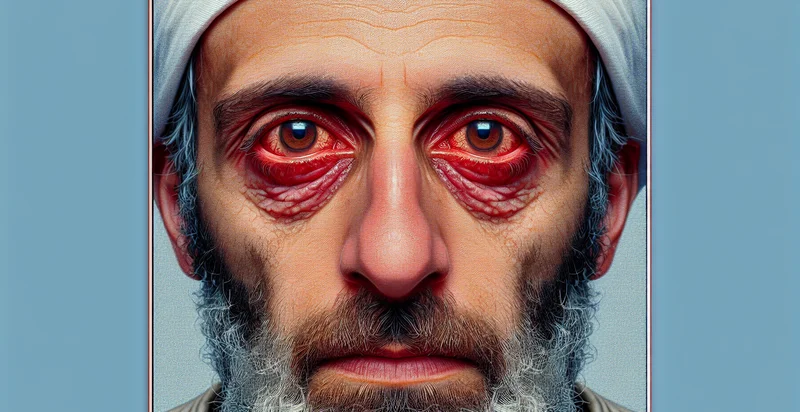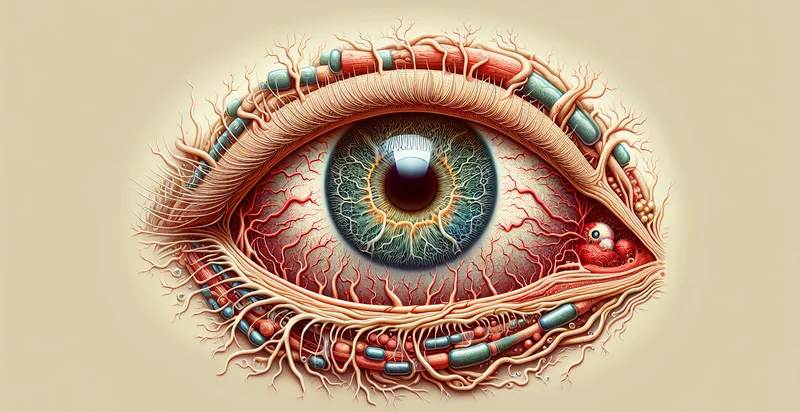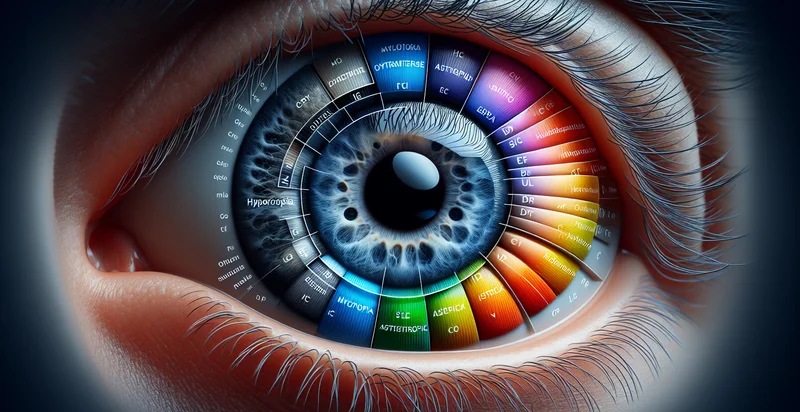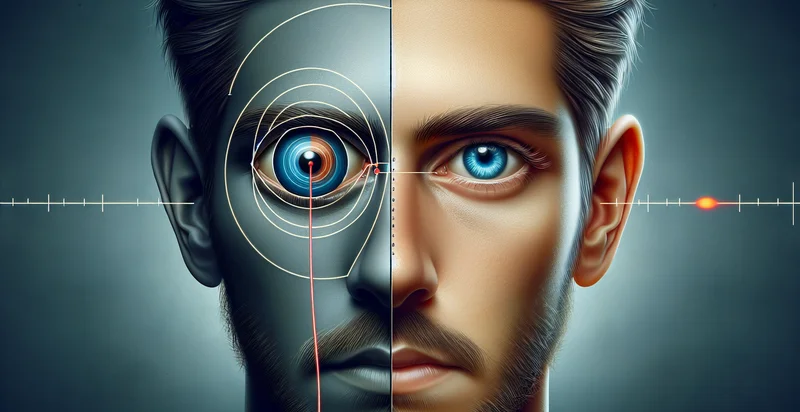Identify eye fatigue
using AI
Below is a free classifier to identify eye fatigue. Just input your text, and our AI will predict the level of eye fatigue experienced by users. - in just seconds.

Contact us for API access
Or, use Nyckel to build highly-accurate custom classifiers in just minutes. No PhD required.
Get started
import nyckel
credentials = nyckel.Credentials("YOUR_CLIENT_ID", "YOUR_CLIENT_SECRET")
nyckel.invoke("eye-fatigue", "your_text_here", credentials)
fetch('https://www.nyckel.com/v1/functions/eye-fatigue/invoke', {
method: 'POST',
headers: {
'Authorization': 'Bearer ' + 'YOUR_BEARER_TOKEN',
'Content-Type': 'application/json',
},
body: JSON.stringify(
{"data": "your_text_here"}
)
})
.then(response => response.json())
.then(data => console.log(data));
curl -X POST \
-H "Content-Type: application/json" \
-H "Authorization: Bearer YOUR_BEARER_TOKEN" \
-d '{"data": "your_text_here"}' \
https://www.nyckel.com/v1/functions/eye-fatigue/invoke
How this classifier works
To start, input the text that you'd like analyzed. Our AI tool will then predict the level of eye fatigue experienced by users..
This pretrained text model uses a Nyckel-created dataset and has 5 labels, including Extreme, Mild, Moderate, None and Severe.
We'll also show a confidence score (the higher the number, the more confident the AI model is around the level of eye fatigue experienced by users.).
Whether you're just curious or building eye fatigue detection into your application, we hope our classifier proves helpful.
Related Classifiers
Need to identify eye fatigue at scale?
Get API or Zapier access to this classifier for free. It's perfect for:
- Employee Health Monitoring: Companies can implement the 'eye fatigue' identifier to proactively monitor employees' health related to eye strain caused by prolonged screen time. This tool can help identify signs of fatigue, allowing employers to provide necessary breaks or ergonomic adjustments to enhance overall worker well-being and productivity.
- Ergonomic Workspace Design: Organizations can utilize the identifier to assess the effectiveness of their workstation designs. By analyzing data on eye fatigue, companies can modify workspaces—like adjusting computer screen locations or enhancing lighting—to reduce the risk of eye strain for employees.
- Virtual Classroom Management: In educational environments, instructors can use the identifier to gauge students' attention and engagement levels during online classes. Identifying eye fatigue can prompt timely breaks or interactive tasks, ultimately improving student focus and learning outcomes.
- Telehealth Applications: Telehealth platforms can integrate the 'eye fatigue' identifier to enhance patient consultations. By monitoring patients' eye fatigue during video calls, healthcare providers can better tailor their consultations, ensuring patients are attentive and responsive, leading to more effective communication.
- Eye Health Research: Researchers can leverage the identifier in studies focused on eye health and fatigue among different demographics. Collecting and analyzing data on eye fatigue could lead to insightful findings related to digital device usage, contributing to broader health awareness and prevention strategies.
- Gaming Industry Insights: Game developers can utilize the 'eye fatigue' identifier to analyze player engagement and fatigue levels during long gaming sessions. Understanding when players experience eye strain can inform game design choices, such as implementing breaks or adaptive difficulty settings to enhance user experience.
- Wearable Technology Integration: Wearable devices can incorporate the identifier to provide real-time feedback on users' eye fatigue. This functionality can encourage healthier usage patterns of screens and devices by alerting users to take breaks or adjust their viewing habits, ultimately promoting better eye health.


